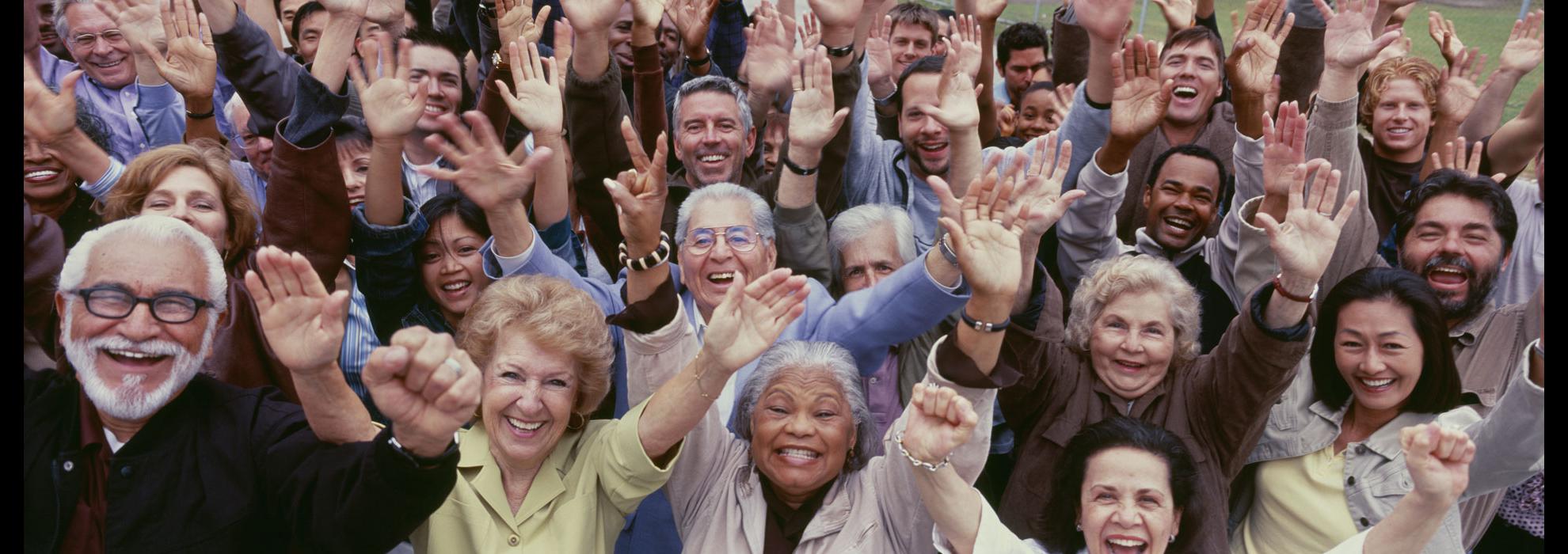Working Toward a Healthier, More Equitable World
One of the most beautiful things about America is its diversity. A diverse population strengthens our nation’s culture, economy, politics, and more, and according to the 2020 Census, the United States is more diverse than ever before, with people of color making up 43% of the population.
But people who are part of one or more historically underserved or marginalized groups – including (but not limited to) non-white people, women, sexual and gender minorities, people with disabilities, people living in rural areas, and people from low socio-economic backgrounds – also carry an unequal burden of illness and disease. As a group, these populations don’t have the same access to important social, political, economic, and environmental resources, which contributes to alarmingly worse health outcomes – or health disparities.
According to the National Institute of Minority Health and Health Disparities, one of the greatest challenges our nation faces is “reducing the profound disparity in health status” of our underserved populations. And to do this, we’ll need to address these root causes of illness, disease, and inequity.
Having good medical care is important, but it’s just one piece of the puzzle. Health, illness, and overall quality of live are shaped by the conditions and environments where we are born, grow, live, work, and age – the social determinants of health. To stay healthy, you need quality health care that you can afford, access, understand, and use. But you also need things like:
- A safe place to live and safe transportation
- Healthy food and places to exercise
- Education, job opportunities, and income
- Clean air and water
- Supportive, healthy social connections
The Healthy People initiative sets and measures national public health goals for improving health outcomes for all Americans. A key goal Healthy People 2030 – the current iteration of the initiative – is to reduce health disparities and improve health equity by addressing these social determinants. Strategies for reaching this goal include:
- Providing tools and resources that organizations can use to improve health in their communities
- Improving health literacy so that people can both understand and use health information to make decisions about their health
- Collaborating across public and private sectors to help public health, medicine, and government agencies work together to improve health and well-being
- Collecting reliable, high-quality data and setting rigorous standards for data collection and analysis
By working together to address the social determinants of health, we can help create the society envisioned by the Healthy People initiative, in which all people can achieve their full potential for health and well-being across the lifespan – regardless of their race, ethnicity, gender, sexual orientation, socio-economic status, physical abilities, or beliefs.
Here at BLH, we strive to deliver life-enhancing information to a diverse audience. As a company, improving population health is one of our main priorities. That’s why we work hard to support our clients in developing and communicating health information that’s accessible and digestible, and providing quality data collection, analysis, in-depth coding, and scholarly reporting to support public health initiatives.
Through the Healthy People initiative and our commitment to translating complex health information, it is our hope that the disparities that have hindered our population for far too long will begin to disassemble, leading to a healthier, more equitable world.
